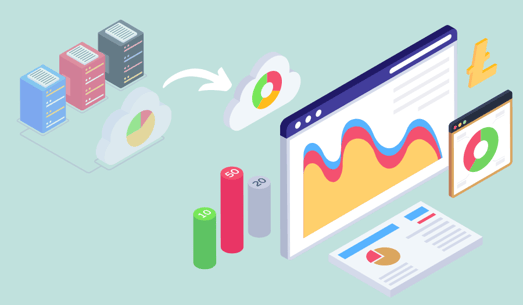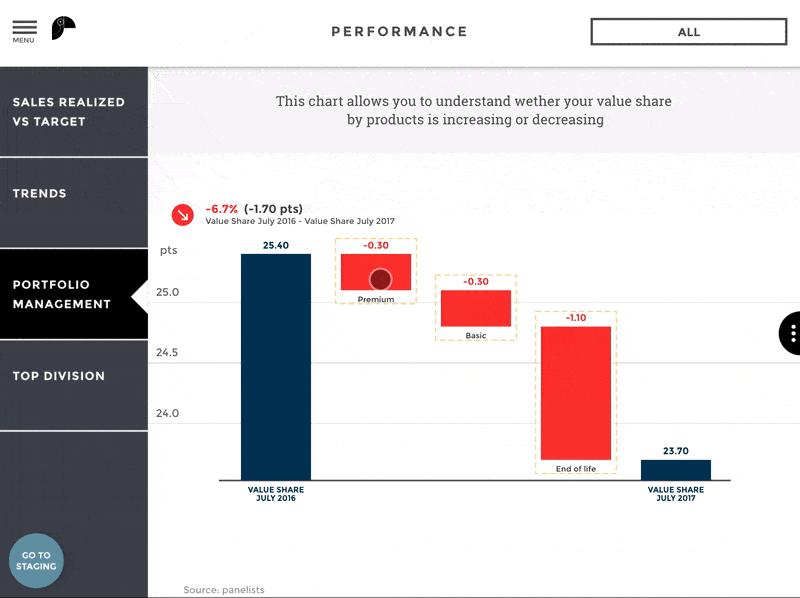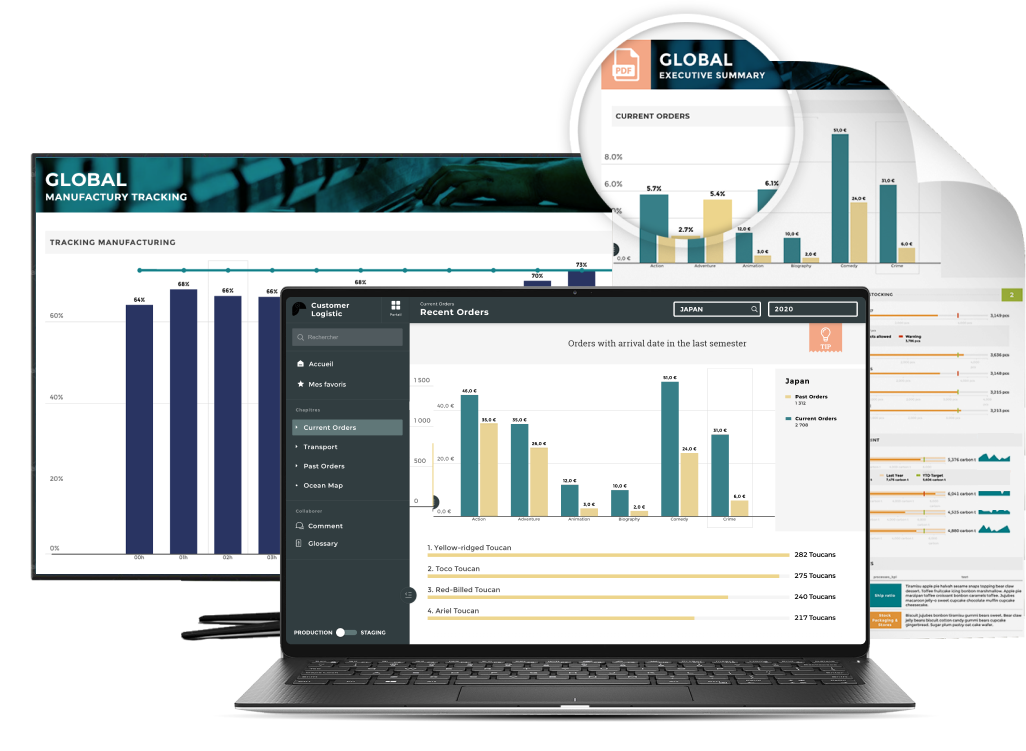Success in analytics goes beyond data collection; it involves data management and insights. Businesses are enthralled by analytics, believing that data is their lifeblood, and data-driven insights will unlock their future success. In spite of the enthusiasm, budgets, and resources devoted to analytics, the vast majority of projects are unable to scale, and many do not meet expectations.
Through 2022, only 20% of analytics insights will produce business results according to Gartner. The reason is that most companies don't follow established best practices, instead of operating from untested and haphazard guidelines. To help companies gain everything they need, want and can, here are 3 founding steps and 7 analytics best practices every company should follow.
Three founding steps
The founding steps lay the groundwork which will dictate the structural integrity of the analytics you build over it. Without a proper foundation, even the best and most well-laid out analytics is bound to fail in delivering insights to users.
ANALYTICS VIEW OF DATA.
Basically, this means mapping the business's questions to the types of data that are needed to provide answers. From there, the type of model to use becomes clear.
Business data can be better integrated into analytics efforts if it is categorized by type. Here are the three major data types:
- Reference data: like plants, currencies, and line of business
- Master data: such as suppliers, products, and customers
- Transactional data: like purchase orders, invoices, and payroll runs.
For companies to transform their data into an analytics-friendly state, they should develop additional parameters and conversion rules. The selection of an analytics model depends on two major factors.
- The questions I asked
- The data type available
STRATEGICALLY SOURCE DATA
There are plenty of companies that stop investing in analytics because they lack accuracy, enough data, have varied data sources or because they believe their data is poor quality. However, waiting for perfect data is a mistake. Analytics is all about progress, not perfection. You need to keep moving forward.
It is possible to compensate for a lack of data volume or quality. Organizations should balance the cost of data acquisition with the value the data contributes to analytics efforts when acquiring data, either by purchasing it from a provider or acquiring it for free from open-source resources. Furthermore, sampling can make data more usable and reduce cycle time. There is also the approach of featuring engineering, which uses machine learning to take an existing data set, domain expertise, and intuition, and turn them into smarter, more analytical data.

FOCUS ON ANALYTICS PRODUCTS, NOT PROJECTS.
Rather than focusing on analytics projects, which are finite and tactical, organizations should put their effort into analytics products, which produce measurable financial benefits while improving business performance. There is inherently more collaboration with data products, teams stick around for continuous improvement, and they are typically scalable.
7 analytics best practices
1. Stakeholder goals should be tied to key performance indicators
To build support and engagement for a program, you have to enlist stakeholders early, but it's left unclear how to do this successfully. You need to ask the right questions, not just what stakeholders want. As part of that exercise, clarifying assumptions is also beneficial. Establishing mutually agreed KPIs with stakeholders will ensure business goals are being met.
2. Build high-performance analytics teams
Analytics success transcends the work of highly specialized data scientists who operate in silos - it requires a shift in corporate culture, one that embraces hypothesis-based methodologies, and one where analytics expertise extends beyond the confines of financial and regulatory reporting to include operations and revenue generation. Analytics needs to be guided so it can be used by all non-technical users without needing a Ph.D. to gain actionable insights.
3. Build data literacy with key performance indicators (KPI)
According to experts, 80% of analytics is done through descriptive analytics - that is, a historical perspective aimed at determining why something happened, such as why sales fell during a certain period or why certain forecasts were incorrect. This is primarily due to a lack of pre-defined KPIs or the absence of KPIs to help guide analytics in the right direction.

4. Make compliance essential.
Data can be both an asset and a liability. Organizations need to emphasize compliance in order to counterbalance the risks, including government regulations, internal business rules, and industry standards.
5. Continuously refine analytics models.
A business analytics model isn't created one time and then forgotten. The modeling efforts of companies need to be adjusted as business changes occur, whether through mergers and acquisitions or entering new markets. Your data changes when things change, and your models change when your data changes
6. Support analytics with governance.
Governance becomes increasingly important as data collection efforts increase. By implementing formalized processes, data is captured and managed consistently, quality is maintained, and a common definition and understanding of data is developed.
7. Use data storytelling to promote insights.
Data that is cryptic or confusing will not change behaviors or spark new business patterns. Visual representations, contextual explanations, and financial benefits of data-driven insights should be integrated into a narrative that educates stakeholders and relates insights to financial returns. This is where data storytelling comes into play. Without data storytelling, you are bound to have most stakeholders lose interest in analytics and your business results from insights drop back down to 20%
Insight generation is great, provided it’s followed up with action. When it comes to analytics, what you do with that insight is equally important. That’s part of the business efficiency.





